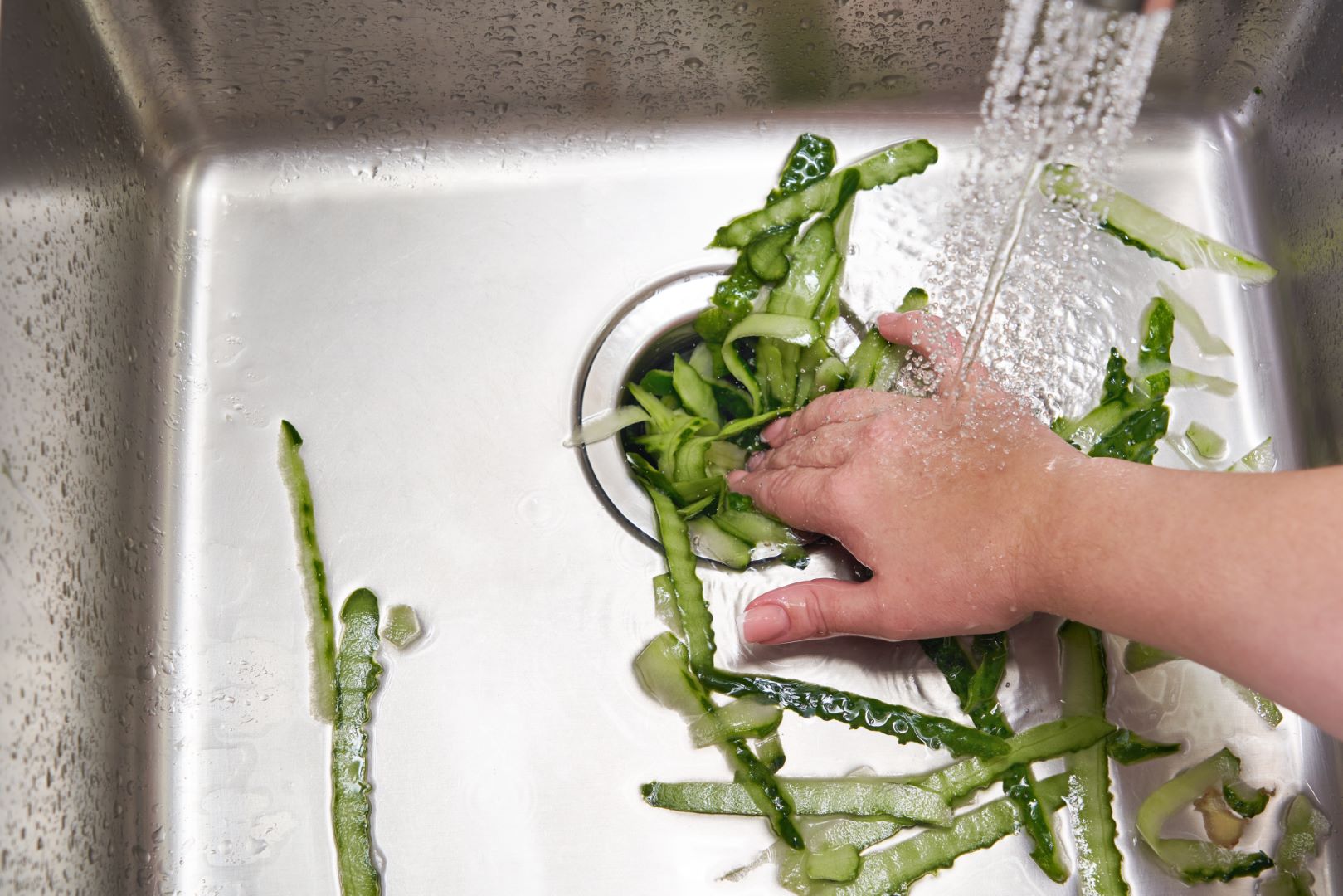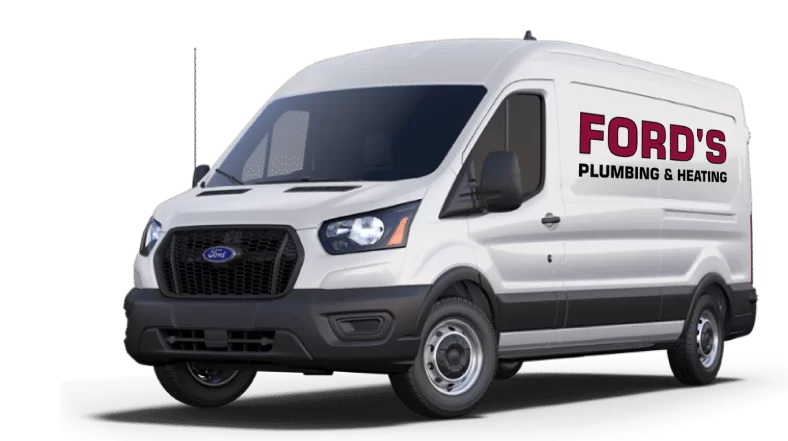We’ve all become used to using a garbage disposal to easily get rid of food scraps down the kitchen sink. But when your garbage disposal stops working, it can be extremely inconvenient. Luckily, there are some common things you can check to get it working properly again.
1. Electrical Problems
One of the most common reasons your garbage disposal may not be working is because of electrical issues. If your disposal fails to turn on when you flip the switch, there may be a problem with the electrical supply or the disposal unit itself.
Solution: Start by checking the power supply to the disposal. You should find an electrical outlet under the sink where the garbage disposal is plugged in. Make sure the disposal is plugged in securely, as it’s possible it could have been knocked loose by supplies pressing against the plug. If the power cord is connected properly and the disposal still won’t turn on, it may indicate a faulty switch or wiring, requiring professional inspection and repair.
2. Disposal Needs to Be Reset
Can a garbage disposal overheat? Yes, in some instances, a garbage disposal may stop working due to a simple overload or overheating situation, causing the internal thermal overload protector to trip.
Solution: Locate the reset button on the bottom or side of the disposal unit and press it to reset the device. Allow the disposal to cool down for a few minutes before attempting to use it again. Avoid overloading the disposal with large amounts of food waste to prevent future overheating issues.
3. Disposal is Jammed
Garbage disposals can become jammed when foreign objects, food particles, or debris get lodged in the grinding chamber, preventing the blades from rotating properly.
Solution: Before attempting to fix a jammed disposal, always ensure the power is turned off to avoid the risk of injury. Use a garbage disposal wrench or hex key to manually rotate the disposal’s flywheel and dislodge any obstructions. You can also try using a wooden spoon or pliers to remove any visible debris from the disposal. Once cleared, restore power to the disposal and test to see if it works.
4. The Garbage Disposal is Leaking
A leaking garbage disposal can result from various issues, including worn seals, loose connections, or cracks in the disposal unit itself. Leaks can cause water damage to your kitchen cabinets and flooring if left unaddressed.
Solution: Move everything out from under the sink. Unplug the garbage disposal so it’s not getting power. Inspect the disposal for any signs of leaks, such as water puddles or dripping. Tighten loose connections, such as drain hoses or mounting bolts, and replace worn or damaged seals if necessary. If the disposal unit itself is cracked or damaged, it may need to be replaced to prevent further leaks.
5. Bad Motor
If your garbage disposal makes a humming noise but fails to grind food waste, it may indicate a malfunctioning motor. A faulty motor can result from overuse, overheating, or general wear and tear.
Solution: Attempt to reset the disposal by pressing the reset button located on the bottom or side of the unit. If the disposal still doesn’t operate correctly, it may require professional inspection to diagnose and repair motor-related issues. In some cases, replacing the disposal unit may be necessary if the motor is irreparably damaged. Depending on how long you’ve had your disposal, it may still be under warranty.
How to Maintain a Garbage Disposal
To maintain your disposal, regularly run cold water while using it to help flush out food particles and prevent clogs. Avoid putting hard or fibrous materials, such as bones, fruit pits, or coffee grounds, into the disposal, as these can damage the blades. Don’t pour harsh chemicals down the garbage disposal, as it can damage the components. Finally, don’t pour grease down the drain.
Periodically clean the disposal by grinding ice cubes and citrus peels to help remove built-up residue and eliminate odors. Additionally, schedule professional inspections and maintenance checks to identify and address any potential issues before they escalate.
Frequently Asked Questions: Why Won’t My Garbage Disposal Turn On
Q: Why is my garbage disposal making a humming noise but not working?
A humming noise without grinding typically indicates a jammed disposal. Turn off the power, use a disposal wrench to manually rotate the flywheel, and remove any obstructions.
Q: What should I do if my garbage disposal is leaking?
Leaks can result from loose connections, worn seals, or cracks. Tighten connections, replace seals if damaged, and inspect the disposal unit for cracks. Professional repair may be needed for severe leaks.
Q: How do I reset a garbage disposal?
Locate the reset button on the disposal unit, typically on the bottom or side. Press the button to reset the disposal. Wait a few minutes for it to cool down if it overheated.
Q: Can I fix a jammed garbage disposal myself?
Yes, you can attempt to fix a jammed disposal by manually rotating the flywheel with a disposal wrench or hex key. Always ensure the power is off before attempting repairs.
Q: Why won’t my garbage disposal turn on at all?
If the disposal doesn’t turn on, check the power supply, circuit breaker, or fuse. Ensure the disposal is plugged in securely and the switch is functional. If issues persist, professional inspection may be necessary.
Contact Ford’s Plumbing If Your Garbage Disposal Is Not Working
If your garburator stopped working, be sure to check these common reasons for how to fix your garbage disposal first. If you’re still not able to get it working properly, contact Ford’s Plumbing today and we’ll send out a technician to fix your garbage disposal ASAP.



















